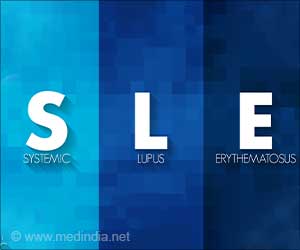Machine learning/artificial intelligence method was found to be effective in screening patients for insomnia, sleep disorder risk.

TOP INSIGHT
Artificial intelligence model leveraged depression, age, weight as key factors predictive of insomnia, a sleep disorder.
How Can Machine Learning Predict Insomnia?
Overall, 2,302 patients in the study had a physician diagnosis of a sleep disorder. XGBoost could predict the risk of sleep disorder diagnosis with a strong accuracy (AUROC=0.87, sensitivity=0.74, specificity=0.77), using 64 of the total variables included in the full dataset. The greatest predictors for a sleep disorder, based on the machine learning model, were depression, weight, age and waist circumference.Samuel Y. Huang adds: “What sets this study on the risk factors for insomnia apart from others is seeing not only that depressive symptoms, age, caffeine use, history of congestive heart failure, chest pain, coronary artery disease, liver disease, and 57 other variables are associated with insomnia, but also visualizing the contribution of each in a very predictive model.”
Source-Eurekalert
 MEDINDIA
MEDINDIA




 Email
Email










